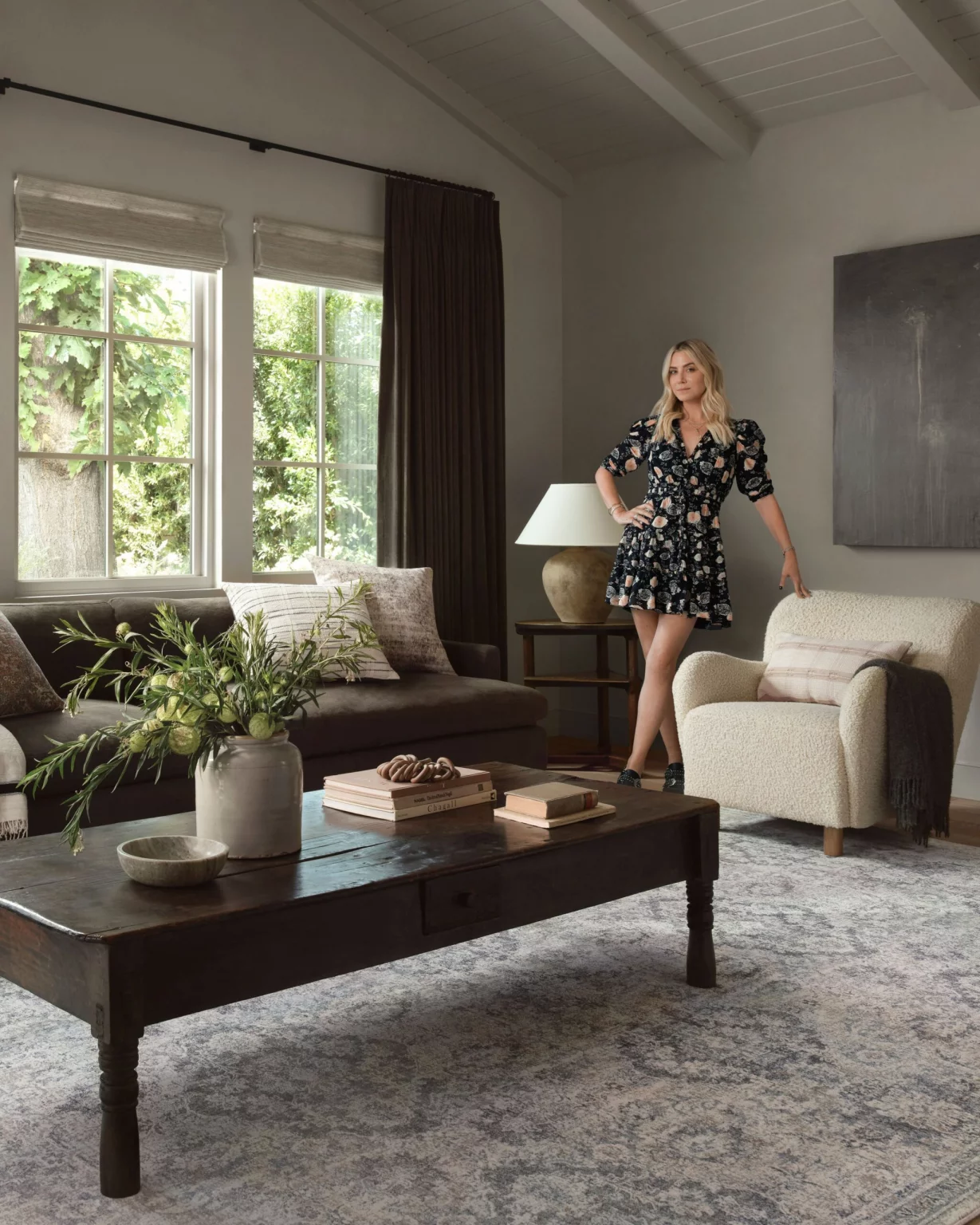
Interior Designer Collaboration: Common Mistakes to Avoid
Hiring an interior designer? It’s an exciting step. Many homeowners see it as the gateway to transforming their space. However, there’s a road ahead filled with potential pitfalls. Navigating the journey of working with an interior designer has its challenges. Especially when you’re unaware of the common interior designer mistakes others have made before you. In this guide, we’ll highlight the top mistakes people make and offer expert guidance on how to work with an interior designer effectively. Let’s set you up for a seamless experience.

Not Setting a Clear Budget: The Unseen Pitfalls
When diving into the world of interior design, many homeowners make the mistake of not setting a clear budget. Being upfront about your budgetary constraints isn’t just about saving money; it’s about setting realistic expectations and ensuring a smoother collaboration with your interior designer. When both parties are informed and on the same page regarding budget, it paves the way for creativity within constraints. This can often lead to more innovative, cost-effective solutions that still capture your vision.
- Your designer might propose ideas and concepts that are financially out of reach. This can lead to disappointment when you realize you can’t afford your dream design.
- The project can stall or go over budget, leading to unnecessary stress and potential conflict between you and the designer.
- Important elements might be overlooked in favour of more extravagant, budget-draining features.
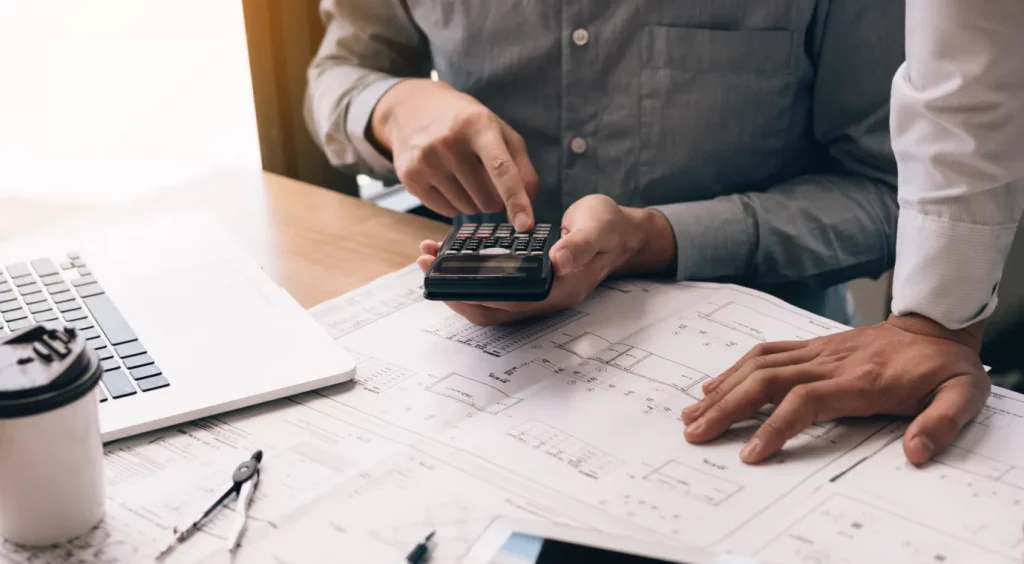
Lack of Clear Communication with Interior Designer
One of the most common interior design mistakes homeowners commit is failing to communicate their vision effectively. While interior designers are experts in creating beautiful spaces, they aren’t mind readers. It’s essential to articulate your preferences, dislikes, and the nuances of what you envision for your space. This doesn’t mean you need to know every design term or trend, but sharing inspiration, colours, textures, and feelings you associate with your ideal space can make all the difference. Assuming your designer knows your taste can lead to:
- Designs that don’t resonate with you, making your space feel disconnected from your personality and style.
- Wasted time and resources on revisions and changes, pushing project timelines.
- Frustration and dissatisfaction, as the end result, might not align with your initial vision.

Few steps to enhance communication when working with an interior designer:
- Use visual aids: Sharing pictures, mood boards, or even sketches can provide clarity.
- Be vocal about dislikes: It’s as important to mention what you don’t want as it is to express what you do.
- Schedule regular check-ins: This ensures you’re on the same page throughout the design process.

Trusting the Expertise of the Interior Designer You Hired
Hiring an interior designer is an investment, not just in terms of finances but also in trust. After all, you’re entrusting someone with the task of transforming your space. Recognizing the importance of this designer-client relationship is paramount. Just as you chose them for their expertise and portfolio, it’s crucial to let them bring that expertise to the table without constant oversight. Micromanaging can become a significant roadblock for several reasons:
- Stifling Creativity: Over-involvement can limit a designer’s ability to think outside the box or offer innovative solutions that you might not have considered.
- Delaying Progress: Constant revisions and a need for approval at every step can slow down the project’s momentum.
- Straining the Relationship: Doubting and second-guessing a designer’s choices can lead to tension and a lack of mutual respect.

How to maintain a productive working relationship with your designer:
- Open Dialogue: Initiate conversations about your concerns or questions rather than imposing directives.
- Feedback Loops: Instead of micromanaging, schedule regular intervals to discuss progress and any modifications.
- Embrace Surprises: Sometimes, the most unexpected suggestions from a designer can result in the most delightful outcomes.

Not Being Open to New Ideas: Embracing the Blend of Familiar and Novel
When you hire an interior designer, you’re not just investing in their skills but also their ability to bring a fresh, objective perspective to your space. Their experience exposes them to a wide array of design solutions, trends, and innovative ideas. Sometimes, these might be concepts you haven’t considered or are unfamiliar with. Embracing this fresh perspective can elevate your space in ways you hadn’t imagined. While it’s natural to have a set vision or style preference, there are benefits to being receptive to expert advice:
- Broadened Horizons: You might discover design elements you love but were unaware of.
- Functional Solutions: Professionals often have insights into space utilization and design hacks that can enhance both aesthetics and functionality.
- Trend Awareness: Interior designers stay updated with current design trends, ensuring your space feels contemporary and fresh.

Steps to Ensure You Choose the Right Interior Designer
When it comes to redesigning your space, the stakes are high. The aesthetics, functionality, and comfort of your home or office lie in the balance. Thus, it’s imperative to ensure you’re entrusting this task to a designer who aligns with your vision and has the required expertise. Word-of-mouth recommendations are valuable. Friends or family might have had a great experience with a designer, but that doesn’t guarantee the same for you.
- Review their Portfolio: Dive deep into their past projects. Look for versatility, attention to detail, and, most importantly, elements you’d love to incorporate into your space.
- Check Reviews and Testimonials: Past client experiences can give insights into the designer’s professionalism, reliability, and problem-solving abilities.
- Interview Prospective Designers: Beyond their portfolio, it’s essential to gauge your comfort level with them. Discuss your vision, hear their ideas, and assess if there’s synergy.
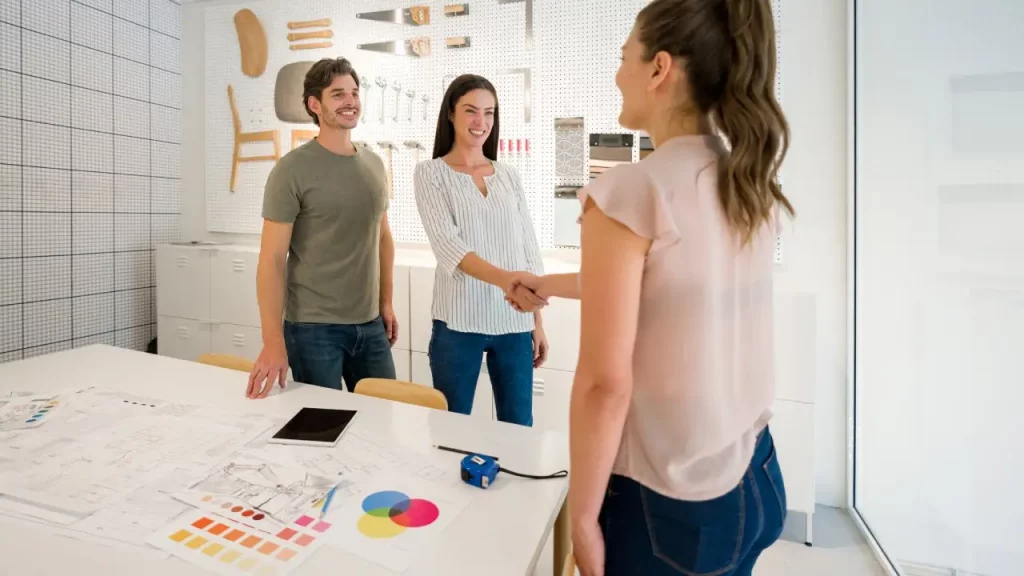
Striking the Balance between Trends and Timelessness
In a world where the latest trends are just a click away, it’s tempting to design spaces that resonate with the ‘here and now.’ However, what looks chic today might appear outdated in just a few years. It’s essential to recognize the potential short-lived nature of some design decisions.
- Understanding Trends: It’s essential to differentiate between a fleeting trend and a lasting style evolution. For instance, while neon colours might be in vogue today, they might not have the enduring appeal of neutral shades.
- Invest in Core Pieces: Key furniture pieces like sofas, dining tables, or beds should be chosen with longevity in mind. Opt for classic designs that you won’t easily tire of and ensure they are of high quality to stand the test of time.
- Accessorize with Trends: If you’re eager to incorporate the latest design trends, do so with accessories. Cushions, art pieces, or lampshades can be changed with relative ease, allowing your space to evolve without significant overhaul.
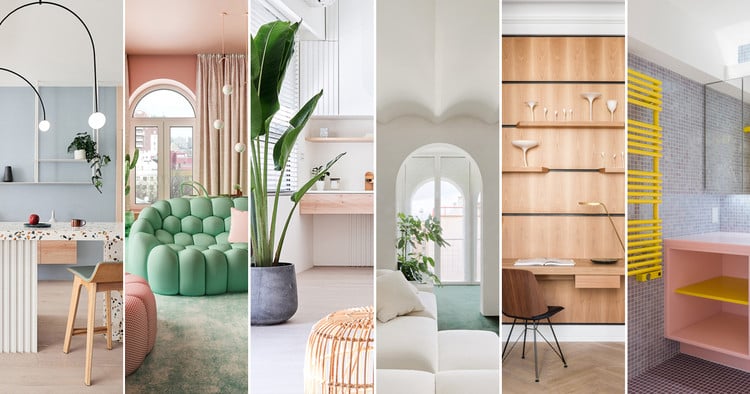
Neglecting to Review the Contract Thoroughly: Protecting Your Interests
When you’re excited to kick-start your interior design project, it’s easy to gloss over the paperwork. However, the contract is a fundamental document that outlines the responsibilities, expectations, and rights of both parties involved. Not giving it the attention it deserves could lead to unforeseen complications.
- Terms and Conditions: Familiarize yourself with the specific terms and conditions laid out. This includes the scope of work, the responsibilities of the designer, and what is expected from you. Clarify any jargon or terms you’re unsure about.
- Fees and Payment Structure: Understand the payment breakdown. When are payments due? Are there any milestones linked to payments? Are there provisions for any additional costs?
- Project Timelines: While some delays are inevitable, the contract should stipulate a rough timeline for the project’s completion. This ensures the designer remains committed, and the project doesn’t drag on indefinitely.
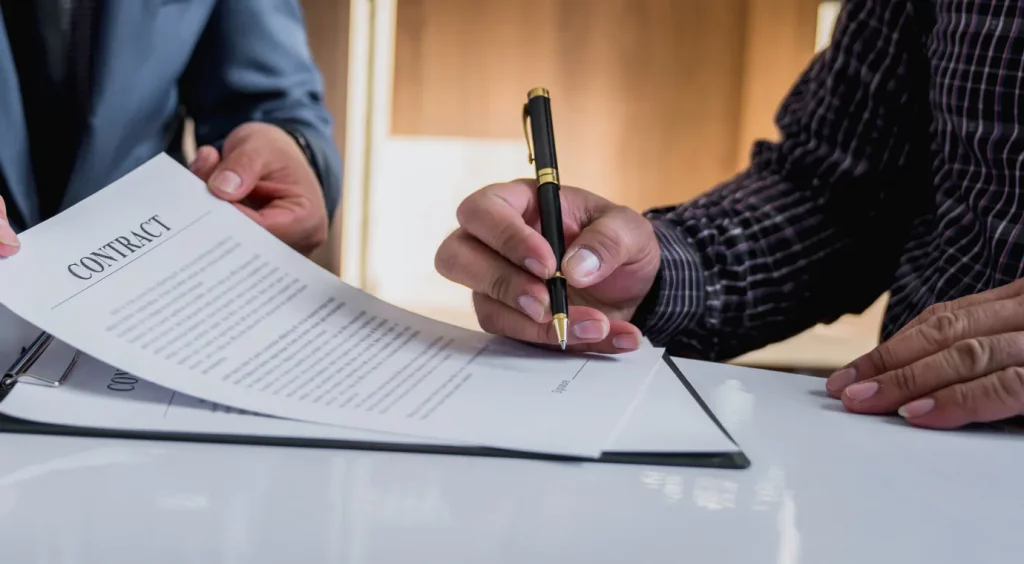
Beware of Hidden Costs or Clauses
- Cancellation Fees: Are there any penalties if you decide to terminate the contract prematurely? Knowing this upfront can help you make informed decisions.
- Overruns and Extra Charges: Sometimes, projects might require additional work not initially accounted for. How are these charged? Is there a provision for you to approve these extra costs?
- Intellectual Property: Some contracts might have clauses related to the designs’ intellectual property. It’s essential to know who owns the designs once the project is complete.

Crafting Your Dream Space with an Interior Designer
Embarking on the dynamic path of interior design is undeniably thrilling, yet, without a strategic approach, it can also morph into a labyrinth laden with common interior design mistakes. Being cognizant of these frequent missteps and fostering a synergistic relationship with your designer not only solidifies your commitment to a stunningly curated space but also guarantees a seamless and delightful design expedition.
Central to any triumphant interior design venture is the dual pillar of mutual admiration and transparent dialogue. As you venture deeper into design territory, equip yourself with pertinent knowledge, place unwavering faith in your designer’s acumen, and remain receptive to the enchanting allure of interior design transformations. Your envisioned sanctuary is tantalizingly close, and by sidestepping these interior design mistakes to avoid them, you inch even closer to manifesting that dream.
We’re deeply grateful for your companionship on this enlightening voyage. For those yearning for more in-depth insights into interior design or collaborations with seasoned professionals, we invite you to delve into our myriad articles. Here’s to inspired designing!

Frequently Asked Questions
Interior designers are responsible for understanding client needs, ensuring designs are functional and safe, adhering to budgets, overseeing project execution, and ensuring the final design aligns with the initial vision.
Avoiding common design mistakes involves planning ahead. Ensure a balance between aesthetics and functionality, avoid overcrowding spaces, select colours that complement the room’s mood, ensure furniture is scaled to the room’s size, and invest in quality over quantity.
While both focus on aesthetics, interior designers usually have formal training in space planning and structural changes, whereas decorators focus primarily on surface-level enhancements.
Interior designers often collaborate by sharing ideas, brainstorming concepts, and leveraging each other’s strengths. They may use mood boards, sketches, and digital tools to communicate and refine their designs.
This rule pertains to colour distribution. 60% is the dominant hue, 30% is the secondary colour, and 10% is for accent colours. It ensures a balanced and harmonious palette.
